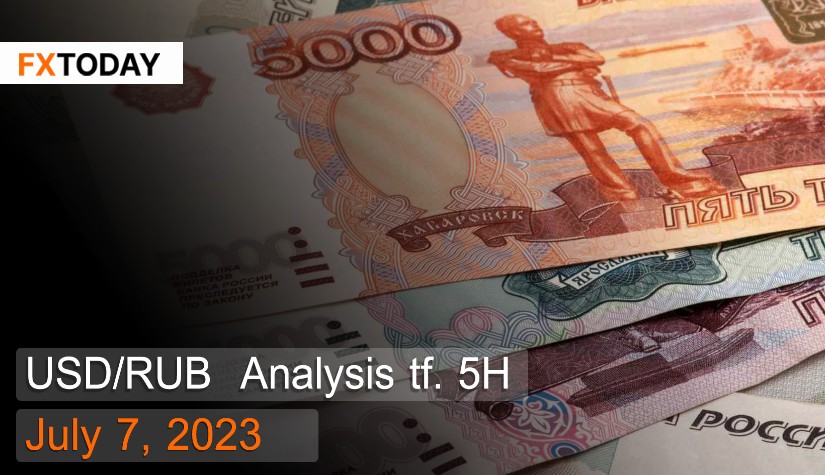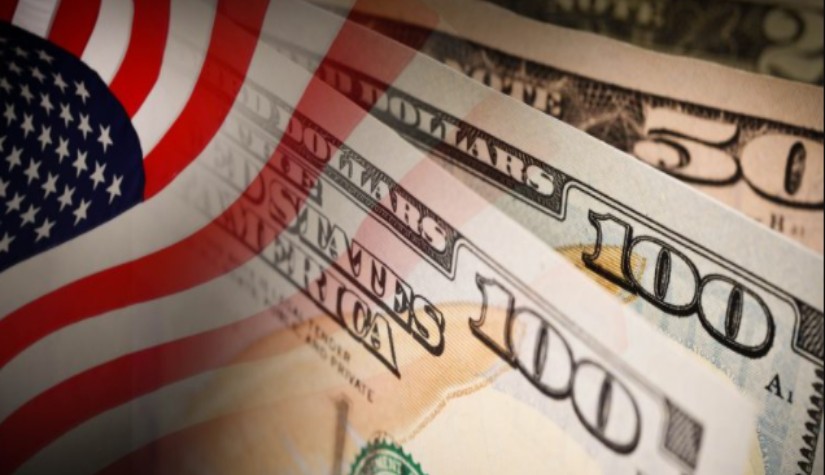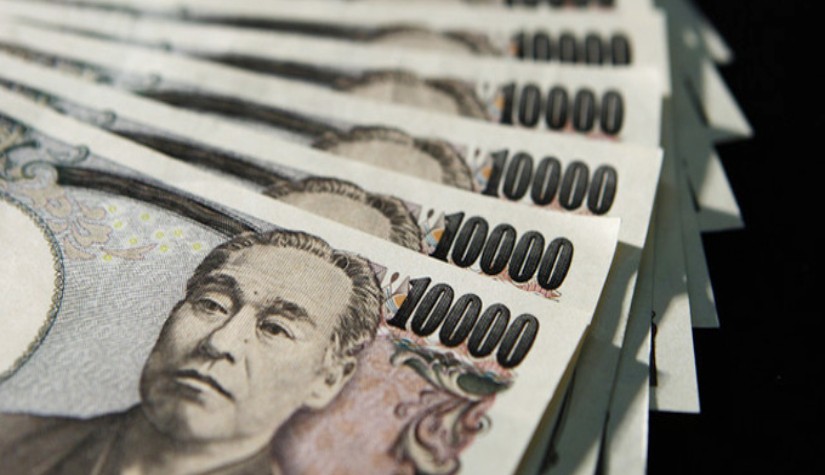Russia continues to face tension in terms of weakening currency and war.
The Russian ruble has been consistently weakening due to pressure from various factors. Investors have predicted that Russia will inevitably intervene in the devalued ruble. In addition, the Russian Ministry of Finance recently announced that it would sell foreign currencies.
After months of refraining from intervening in the ruble exchange rate, the Russian Ministry of Finance has stated that it will sell foreign currencies worth up to 1.7 trillion rubles ($18.9 million) per day between July 7th and August 4th. In the previous period from June 6th to July 7th, the ministry planned to sell foreign currencies worth 74.6 billion rubles to compensate for the decreased revenue from oil and gas, with actual revenue amounting to 3,030 billion rubles.
The continuous decline in revenue is due to the slump in Western countries and underperforming exports, as well as increased spending due to the war with Ukraine. This has resulted in a budget deficit for Russia from January to May, reaching 3.41 trillion rubles, which is 17% higher than expected in 2022 and creates continuous pressure on the treasury.
Furthermore, the Ministry of Finance also predicts an increase in ruble sales in the foreign exchange market, with a value of up to 3.49 trillion rubles in the following month. However, analysts surveyed by Reuters predict that the ruble sales will be around 570 billion rubles, indicating that the ruble may be even weaker if there is no intervention.
Moreover, there are positive factors that could strengthen the ruble. This is because the tax payment period has passed, and exporters usually convert their export earnings into rubles to fulfill their debt obligations.
Alexei Zabotkin, Deputy Governor of the Central Bank of Russia, stated that the decrease in export revenue and the balance of payments would determine the strength or weakness of the ruble. In addition, the Central Bank of Russia is likely to raise interest rates again due to ongoing inflation, which will have a more significant impact on everyone in the country, particularly the increased cost of imported goods.
Technical analysis data (5H)
Resistance: 92.1485, 92.6270, 92.9565
Support: 91.3405, 91.0110, 90.5325
| Name | S3 | S2 | S1 | Pivot Points | R1 | R2 | R3 |
| Classic | 90.5325 | 91.0110 | 91.3405 | 91.8190 | 92.1485 | 92.6270 | 92.9565 |
| Fibonacci | 91.0110 | 91.3197 | 91.5103 | 91.8190 | 92.1277 | 92.3183 | 92.6270 |
| Camarilla | 91.4478 | 91.5219 | 91.5959 | 91.8190 | 91.7441 | 91.8181 | 91.8922 |
| Woodie's | 90.4579 | 90.9737 | 91.2659 | 91.7817 | 92.0739 | 92.5897 | 92.8819 |
| DeMark's | - | - | 91.1757 | 91.7366 | 91.9837 | - | - |
Buy/Long 1: If the price touches the support range between 91.0110 and 91.3405 but fails to break the resistance at 91.3405, you may consider setting a TP level around 92.6270 and a SL level around 90.5325, or according to your acceptable risk level.
Buy/Long 2: If you can break the resistance level within the price range of 92.1485 to 92.6270, you may consider setting a TP level around 92.9565 and an SL level around 91.0110, or according to your acceptable risk level.
Sell/Short 1: If the price touches the resistance range between 92.1485 and 92.6270 but fails to break the resistance at 92.1485, you may consider setting a TP level around 91.0110 and an SL level around 92.9565, or according to your acceptable risk level.
Sell/Short 2: If you can break the support level within the price range of 91.0110 to 91.3405, you may consider setting a TP level around 90.5325 and an SL level around 92.6270, or according to your acceptable risk level.
| Name | Value | Action |
| RSI(14) | 61.968 | Buy |
| STOCH(9,6) | 59.398 | Buy |
| STOCHRSI(14) | 0.000 | Oversold |
| MACD(12,26) | 1.394 | Buy |
| ADX(14) | 45.674 | Buy |
| Williams %R | -44.545 | Buy |
| CCI(14) | 54.1094 | Buy |
| ATR(14) | 0.9625 | High Volatility |
| Highs/Lows(14) | 0.0711 | Buy |
| Ultimate Oscillator | 59.727 | Buy |
| ROC | 3.082 | Buy |
| Bull/Bear Power(13) | 0.7802 | Buy |
|
Buy:10 Sell:0 Neutral:0 Summary:Strong Buy |
||
















